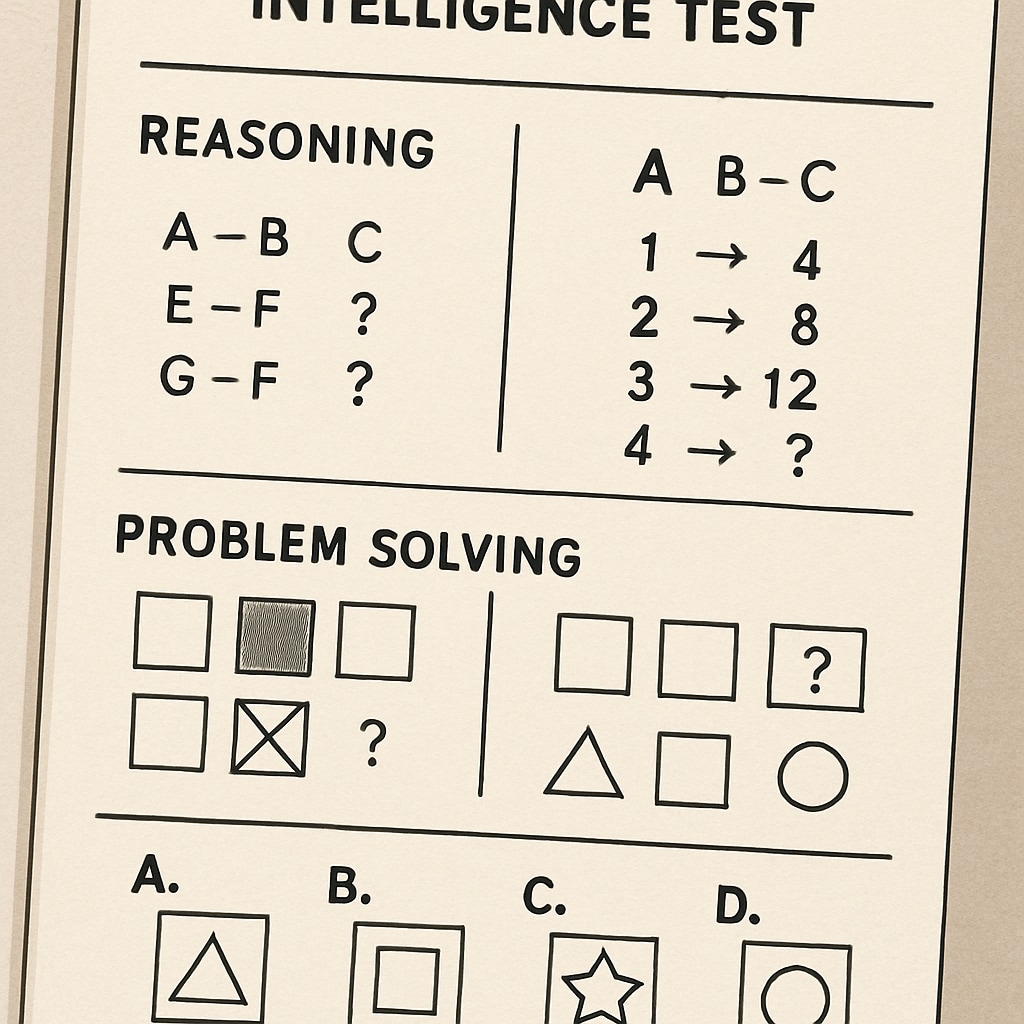When it comes to nurturing the potential of gifted children, identifying their unique abilities through proper evaluation is essential. Standardized intelligence tests, such as the CogAT, WISC, and Stanford-Binet, are widely used for this purpose. These tools allow parents and educators to gain insights into a child’s cognitive strengths and tailor educational strategies accordingly. However, selecting the right test requires careful consideration of its features, strengths, and limitations.

Understanding Standardized Tests for Gifted Children
Standardized tests are designed to provide objective measurements of a child’s cognitive abilities. These assessments often focus on reasoning, problem-solving, and intellectual capacity. While their numerical scores are helpful, it is important to remember that they are only part of the picture. Giftedness can manifest in various ways, including creativity, leadership skills, and emotional intelligence. Therefore, selecting a test that aligns with the child’s needs and developmental stage is key.
- Cognitive Abilities Test (CogAT): The CogAT evaluates verbal, quantitative, and nonverbal reasoning skills. It is widely used in schools to identify gifted students and is suitable for group testing environments.
- Wechsler Intelligence Scale for Children (WISC): The WISC is a comprehensive tool that assesses intellectual functioning across multiple domains. Its detailed subtests provide valuable insights into specific cognitive strengths.
- Stanford-Binet Intelligence Scales: Often regarded as a benchmark in intelligence testing, the Stanford-Binet measures a broad range of abilities, including fluid reasoning, knowledge, and visual-spatial processing.

Comparing Popular Giftedness Assessment Tools
Each standardized test has unique characteristics that make it suitable for different scenarios. For example, the CogAT is ideal for identifying giftedness in large groups due to its efficiency and focus on reasoning. The WISC, on the other hand, provides a detailed profile of individual strengths, making it suitable for one-on-one assessments. Similarly, the Stanford-Binet offers a deep dive into intellectual capabilities, making it a preferred choice for diagnosing exceptional talents.
Here are some key points to consider when choosing between these tests:
- CogAT: Best for group settings; emphasizes reasoning skills; helpful for school placements.
- WISC: Offers detailed individual profiles; includes emotional and social components; suitable for clinical evaluations.
- Stanford-Binet: Highly comprehensive; ideal for identifying exceptional abilities; requires professional administration.
For detailed explanations of each test, you can explore resources like the WISC entry on Wikipedia and the Stanford-Binet overview on Britannica.
Factors to Consider When Selecting a Test
Choosing the right standardized test depends on several factors. Parents and educators should consider the child’s age, personality, and areas of giftedness. For example, a child with strong verbal skills might benefit from a test that emphasizes linguistic reasoning, while one with spatial strengths might excel in visual-spatial assessments. Additionally, it is crucial to account for the testing environment, as some children may perform differently in one-on-one settings compared to group exams.
Beyond the test itself, remember that results should be interpreted alongside qualitative observations. Teachers, parents, and psychologists play an important role in providing a holistic view of a child’s abilities. Standardized tests are a starting point, not a definitive marker of potential.
In conclusion: Evaluating gifted children requires a thoughtful approach that goes beyond numerical scores. By understanding the strengths and limitations of tools like CogAT, WISC, and Stanford-Binet, parents and educators can make informed decisions to support a child’s unique journey.


